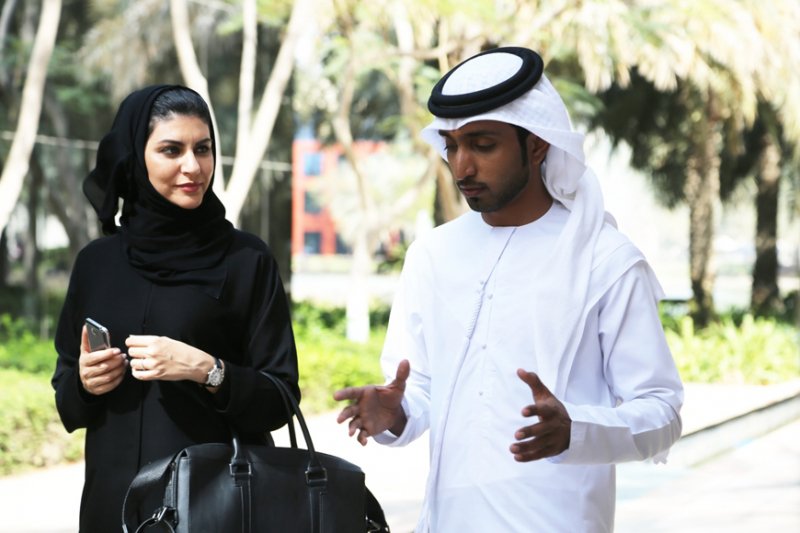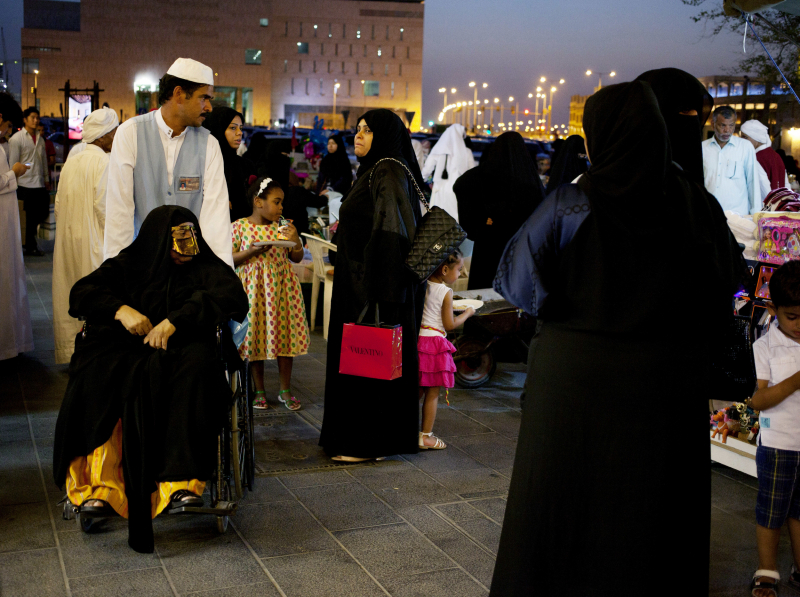Dressing Etiquette
Islamic traditions have a strong influence on Qatari society, hence traditional and conservative clothing is usually preferred. Both men and women dress in national attire. The typical attire for Qatari Arab men is a flowing white full-length robe (thawb) worn over underwear and trousers, smart sandals, and a keffiyeh (a white headscarf secured with a black rope).
However, some Qatari Arab women choose to wear the veil instead of the full-length black dress (abaya), which is typically worn over Western apparel (hijab). Embroidery in gold or silver is frequently used to embellish their traditional clothing. Qatari women's attire is significantly less formal than that of Saudi Arabia's neighbor, despite the fact that it is nonetheless conservative.
Men typically dress in a long-sleeved shirt, a tie, and casual pants for formal occasions. Except for extremely significant business meetings, suits are rarely worn. Dresses, pants/skirts (always below the knee), with a modest neckline and at least one-half sleeve are appropriate business clothing for women.
Although indigenous Qataris dress traditionally, they don't anticipate that visitors will as well. However, there are some clothing standards that everyone must adhere to. In the street, men should refrain from donning shorts and sleeveless shirts. In public places, women should refrain from wearing revealing clothing that does not cover their shoulders and knees, or that is tight or transparent. Public beaches are subject to this dress rule. Bikinis and bathing suits are inappropriate for both men and women. However, resorts and hotels have more lax policies and permit visitors to dress in beachwear (except for tiny bikinis or thong bottoms, for example).
The government takes the dress-code rule seriously, and anyone who violates it faces the penalties outlined in the penal code. A Qatari NGO started a public education campaign in 2012 to inform the many foreigners about public decency regulations.











